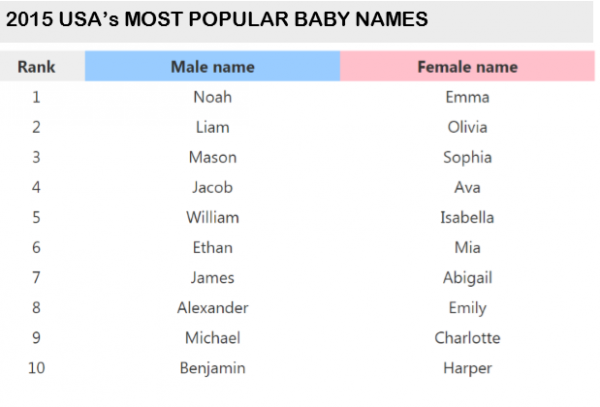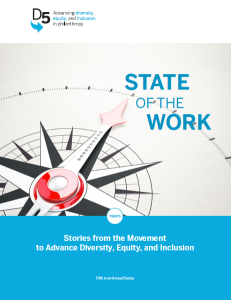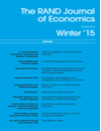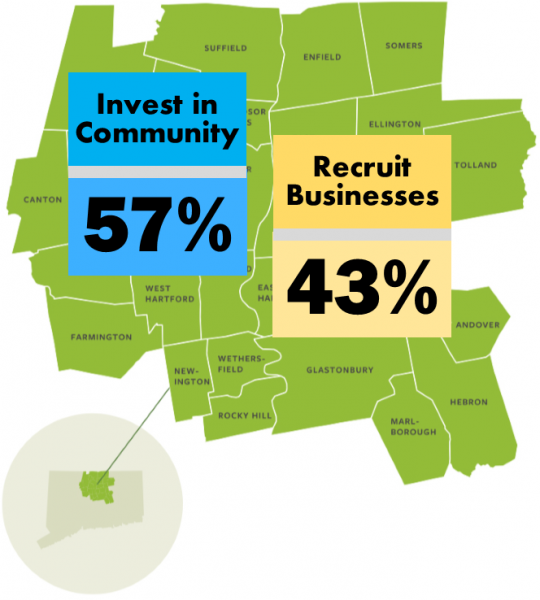State Residents Pessimistic About State Economy, Upbeat About Personal Finances, Survey Finds
/The state’s budget crisis, and months of fiscal wrangling at the State Capitol, appears to have taken a toll on the economic outlook of Connecticut residents. Despite growing optimism about their personal financial situation, state residents are increasingly pessimistic about the state’s finances and employment prospects, and are preparing to do some personal belt-tightening as a result.
In the latest InformCT Consumer Confidence Survey, for the first quarter of 2016, the percentage who believe that the Connecticut economy is improving has dropped 10 points from the first quarter of 2015 to the first quarter this year, from just over one-third (34%) of state residents to just under one-quarter (24%).
A year ago, when asked about current business conditions in Connecticut versus six months prior, 29 percent said conditions were better and only 22 percent said they were worse. That break-down has now flipped, with 22 percent stating “better” and 29 percent saying business conditions are worse.
A majority of respondents (56%) said they intend to make some (41%), or significant (15%), cuts to their personal budget, as a result of budget cuts at the state level. Only four in ten say that state cuts will have no effect “on me personally.” Asked what the state should do to best remedy the budget shortfall, six in ten (59%) urged the state to reduce spending while four in ten (43%) suggested raising taxes on the top 1% of income households.
 The quarterly survey is released by InformCT, a public-private partnership that provides independent, non-partisan research, analysis, and public outreach to help create fact-based dialogue and action in Connecticut. Administered by researchers from the Connecticut Economic Resource Center, Inc. (CERC) and Smith & Company, the analysis is based on the responses of residents across Connecticut and addresses key economic issues, providing a glimpse of the public’s views.
The quarterly survey is released by InformCT, a public-private partnership that provides independent, non-partisan research, analysis, and public outreach to help create fact-based dialogue and action in Connecticut. Administered by researchers from the Connecticut Economic Resource Center, Inc. (CERC) and Smith & Company, the analysis is based on the responses of residents across Connecticut and addresses key economic issues, providing a glimpse of the public’s views.
Regarding the employment picture, state residents increasingly believe that although there are jobs available, but 6 in 10 believe there are “not enough.” And 42 percent are concerned that either their job, or their spouse’s job, is in jeopardy - up from 33 percent in the previous quarter, and the highest level the quarterly survey has seen in the past year.
When it comes to their own finances, state residents are markedly more upbeat. One-third (32%) say they are better off than 6 months ago (up from 24% in the previous quarterly survey) and 44 percent believe they will be better off six months from now than they are today, a jump of 10 points from last quarter. More than 8 in 10 residents (83%) say that from a personal financial standpoint, they will be much better off, somewhat better off, or about the same, six months from now.
State residents continue to be persistent in their view that Connecticut is a good place to live and raise a family, with 48 percent expressing that view, and only 29 percent disagreeing – a number that hasn’t budged much during the past year. Yet, the percentage of respondents who say they are likely to move out of the state in the next five years has increased to its highest level in five quarters, to 43 percent, after hovering between 32 percent and 39 percent with that view in the four quarterly surveys of 2015.
Perhaps driven by economic necessity, the public’s view of regionalism – long an anathema in Connecticut – indicates receptivity. Four in ten now believe that services such as public safety, public health, libraries, education and animal control “could effectively be delivered regionally.” And 52 percent believe that the best way to grow the economy is to invest in local schools, transportation choices and walkable areas, versus 48 percent who view recruiting companies to the area as the best way to grow the economy.


 The Foundation invested 30 percent of its grants in education from birth through high school, and new and renewed college scholarship, according to the report. Grants for family and social services received 20 percent; health – 11 percent; arts and culture – 11 percent; community and economic development – 19 percent, general – 5 percent and summer programs – 4 percent.
The Foundation invested 30 percent of its grants in education from birth through high school, and new and renewed college scholarship, according to the report. Grants for family and social services received 20 percent; health – 11 percent; arts and culture – 11 percent; community and economic development – 19 percent, general – 5 percent and summer programs – 4 percent.






 Already, 2.9 million freelancers earned more than $100,000 last year, up from 2 million who hit the six-figure mark just four years earlier, according to MBO Partners. The report indicated that 60 percent of freelancers surveyed said they started freelancing by choice—up from 53 percent last year—and 67percent of freelancers agree that more people are choosing to work independently today compared to three years ago.
Already, 2.9 million freelancers earned more than $100,000 last year, up from 2 million who hit the six-figure mark just four years earlier, according to MBO Partners. The report indicated that 60 percent of freelancers surveyed said they started freelancing by choice—up from 53 percent last year—and 67percent of freelancers agree that more people are choosing to work independently today compared to three years ago.




 The D5 final report features stories about leaders in foundations and other philanthropic organizations taking meaningful action to advance DEI. “Storytelling is one of the most powerful ways to inspire action and change. We hope people working within foundations—whether they are a CEO, an HR manager or a program officer—draw on the important lessons from these stories, and apply them to their own unique situations,” said Kelly Brown, D5 Director. Kelly also cited statistics indicating that “when companies commit themselves to diverse leadership, they are more successful. Foundations and nonprofits,” she said, “have the opportunity to take a page from successful business playbooks.”
The D5 final report features stories about leaders in foundations and other philanthropic organizations taking meaningful action to advance DEI. “Storytelling is one of the most powerful ways to inspire action and change. We hope people working within foundations—whether they are a CEO, an HR manager or a program officer—draw on the important lessons from these stories, and apply them to their own unique situations,” said Kelly Brown, D5 Director. Kelly also cited statistics indicating that “when companies commit themselves to diverse leadership, they are more successful. Foundations and nonprofits,” she said, “have the opportunity to take a page from successful business playbooks.”
 impact of a seller’s race in a field experiment involving baseball card auctions on eBay. The results, according to the researchers, left little doubt.
impact of a seller’s race in a field experiment involving baseball card auctions on eBay. The results, according to the researchers, left little doubt.
 e first total was larger.”
e first total was larger.” e Gordon Bradford Tweedy Professor at Yale Law School and the Director of the Law and Economics Program at the National Bureau of Economic Research (NBER) with headquarters in Cambridge, Massachusetts.
e Gordon Bradford Tweedy Professor at Yale Law School and the Director of the Law and Economics Program at the National Bureau of Economic Research (NBER) with headquarters in Cambridge, Massachusetts.  The large majority is also present across the ideological spectrum, with 94 percent of registered Democrats, 79 percent of independents and 68 percent of Republicans indicating their support for state paid family medical leave to support Connecticut workers and family caregivers.
The large majority is also present across the ideological spectrum, with 94 percent of registered Democrats, 79 percent of independents and 68 percent of Republicans indicating their support for state paid family medical leave to support Connecticut workers and family caregivers. One-thousand state voters age 25-plus were asked two questions about the paid family medical initiative, whether they supported such a plan, and whether they would support political candidates who did.
One-thousand state voters age 25-plus were asked two questions about the paid family medical initiative, whether they supported such a plan, and whether they would support political candidates who did.

 The data from the survey reflect a difference of opinion among older residents of the region. Individuals over age 46 took the opposite view from younger residents, with a majority expressing a preference for spending skewed toward recruiting companies. The reversal was dramatic, with two-thirds of those age 36-45 preferring investing in communities, by a margin of 67%-33%, and individuals age 46-55 expressing a preference for resources to be aimed at recruiting companies, with two-thirds holding the opposite view, 63%-38%.
The data from the survey reflect a difference of opinion among older residents of the region. Individuals over age 46 took the opposite view from younger residents, with a majority expressing a preference for spending skewed toward recruiting companies. The reversal was dramatic, with two-thirds of those age 36-45 preferring investing in communities, by a margin of 67%-33%, and individuals age 46-55 expressing a preference for resources to be aimed at recruiting companies, with two-thirds holding the opposite view, 63%-38%.
































